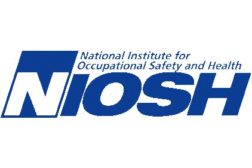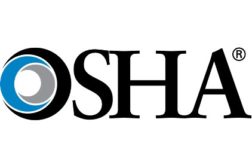Environmental Health and Safety
Alcohol use disorders linked to decreased 'work trajectory'
Women's careers more likely to be disrupted by alcohol, study suggests
July 24, 2014
A NIOSH Science Blog post:
Workplace Exposures and the National Action Plan for Infertility
July 24, 2014
Five things employers should know about prescription painkiller use
NSC calls on companies to take actions to combat the nation's fastest growing drug epidemic
July 23, 2014
Become a Leader in Safety Culture
Build your knowledge with ISHN, covering key safety, health and industrial hygiene news, products, and trends.
JOIN TODAYCopyright ©2025. All Rights Reserved BNP Media.
Design, CMS, Hosting & Web Development :: ePublishing








